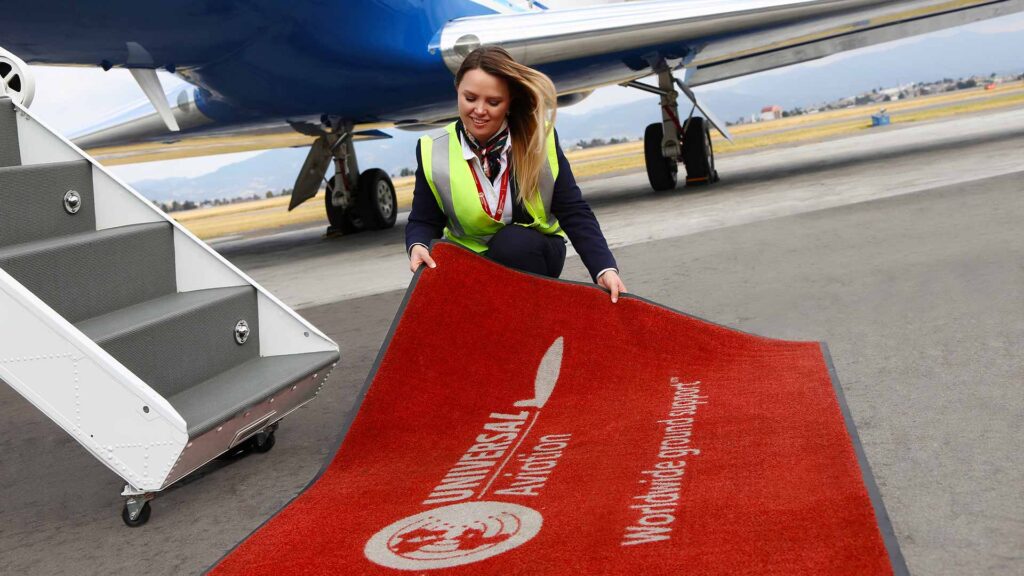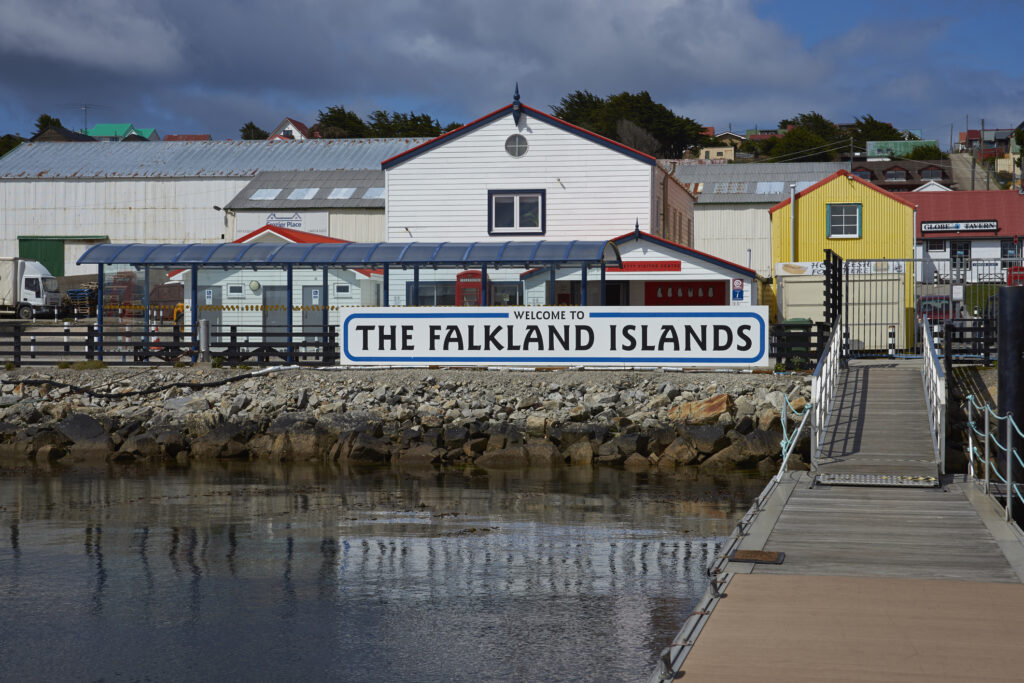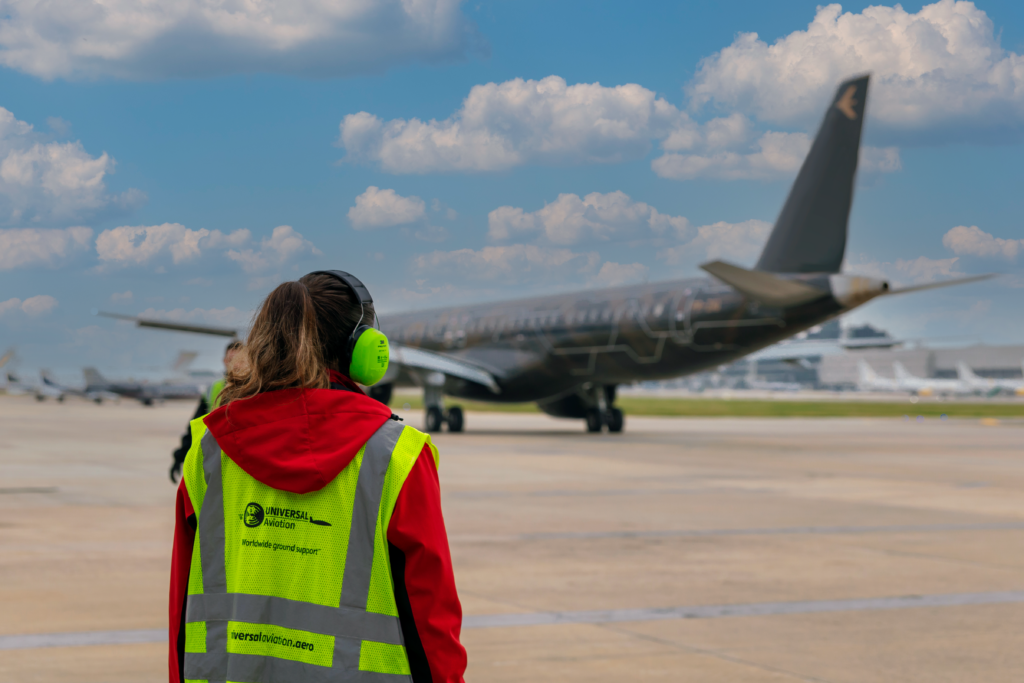Argentina: 2025 Business Aviation Destination Guide

For more information on operating to Argentina, visit our destination guides:
Over the last few years, Argentina has become an increasingly popular destination for business aviation, particularly among operators who travel regionally between Argentina, Brazil, and Chile. While Argentina is a relatively straightforward operating environment for business aviation, with manageable permit processes and no cabotage issues, it’s best to have at least one week’s notice when planning a trip to the country. This gives you time to plan permits and ground services, as well as to obtain needed overflight permits for surrounding countries: Brazil, Chile, Bolivia, and Paraguay.
The following is an overview of what you need to know when operating to Argentina:
The Flight Plan Filing Process
In Argentina, flight plans must be submitted in person at least two hours prior to international departure. Your ground handler will fill out the ICAO portions of the flight plan with all required information and send it to the flight planning office for review. Flight plans are only valid for 30 minutes after ETD.
Universal Aviation Argentina supports airports across Argentina and can assist with this.
Flight Plan Revisions
If you do not depart within the 30-minute validity window, a delay must be filed. It’s often difficult for a PIC to submit or refile flight plans directly because flight plan office personnel in Argentina do not usually speak English, and flight plans must be filed in English or Spanish. Also, flight plan offices are located in restricted areas that require prior permission for access. For these reasons, it’s best to have your ground handler file and revise flight plans. Ensure your ground handler has an appropriate dispatch license for compliance purposes.
Permits & Documentation Requirements
The Civil Aviation National Administration (ANAC) is the approving authority for landing and overflight permits in Argentina. Permits are required only for charter flights on large aircraft (Class C or above) for which individual tickets are sold. Private non-revenue flights do not require landing permits unless operating to the Falkland Islands using Argentinian airspace.
- Charter Permits: The official lead time for a charter flight landing permit is seven days. Documentation such as airworthiness, registration, insurance, and crew licenses must be apostilled in the country of origin and translated in Argentina. A local legal representative is required to issue a letter of representation.
- Falkland Islands Operations: If you use Argentinian airspace, a permit is required to operate into or out of the Falkland Islands (known as “Islas Malvinas” in Argentina). The permit lead time is seven business days and must be processed through the Argentinian Air Force and ANAC. Aircraft from non-Argentine or non-British registries may face challenges obtaining these permits.
Best Practice: If operating large GA aircraft, such as a BBJ or Airbus 340, submit the aircraft configuration in advance to clarify that the operation is non-commercial. ANAC may otherwise classify these aircraft as commercial due to their size.
Always carry the following standard documentation onboard:
- Aircraft registration and airworthiness certificates
- Worldwide insurance coverage
- Pilot and first officer licenses with appropriate aircraft type ratings
- Valid medical certificates
Language Considerations
If you’re operating with non-Spanish-speaking crew members, be aware that only certain airports in Argentina have English-speaking Air Traffic Control (ATC). The following airports are the only locations where English-speaking controllers are guaranteed: SAEZ (Buenos Aires – Ezeiza), SABE (Aeroparque Jorge Newbery), SADF (San Fernando), SAAR (Rosario), SACO (Cordoba), SAME (Mendoza), SASA (Salta), SANT (Tucuman), SAZN (Neuquen), SAZS (Bariloche), SAVC (Comodoro Rivadavia), SAWH (Ushuaia), SASJ (Jujuy), SARI (Iguazu), and SAZM (Mar del Plata).
For other airports, such as El Calafate (SAWC), Esquel (SAVE), and San Martín de los Andes (SAZY), you’ll need a Spanish-speaking crew member or a trained translator on board. If using a passenger as a translator, they must understand aviation procedures and communicate like a trained pilot—otherwise, fines may apply. Your ground handler may provide a qualified navigator to travel with you at an additional cost.
Outside of major cities, communication systems are often unreliable. We recommend having a printed copy of your flight plan with ICAO prefile before arrival in Argentina.
Buenos Aires Airports

Universal Aviation Argentina has offices at SAEZ and SABE in Buenos Aires.
Universal Aviation Argentina has offices at SAEZ and SABE in Buenos Aires, the most popular destination in Argentina. The four primary airports serving Buenos Aires are:
- Buenos Aires – Ezeiza (SAEZ) – An international airport open 24/7 with no restrictions. Located 35 km southwest of downtown, with an approximate 40-45 minute drive time.
- Aeroparque Jorge Newbery (SABE) – Open 24/7, but requires Prior Permission Required (PPR). No parking is available, and the airport is primarily domestic. It is 9 km from downtown Buenos Aires with a 30-minute drive time. General aviation operations require special permission from the government.
- San Fernando (SADF) – An international airport open 24/7 for aircraft with MTOW less than 30 tons. It is 21 km north of the city with a 25-minute drive time.
- El Palomar (SADP) – An international airport with Spanish-only ATC. Parking is available on request, 32 km west of downtown with a 40-45 minute drive time.
Universal Aviation Argentina can support you at any of these airports.
Other Popular Destinations

Other popular stops in Argentina include Cordoba (SACO), Mendoza (SAME), and Ushuaia (SAWH) – the most southern point in Argentina.
Tech Stops
Argentina does not consider any stop as a tech stop only. All standard CIQ procedures must be followed – including customs/immigration clearance. Note that the clearance process takes approximately three minutes per person, and all luggage must be removed from the aircraft to be scanned and cleared. After CIQ clearance is completed, crew/passengers will be escorted by the ground handler back to the aircraft.
Falkland Islands Operating Restrictions

Jetty used by visitors arriving by sea in Stanley, capital of the Falkland Islands.
If you use Argentinean airspace, a permit is required to operate into/out of the Falkland Islands (known as “Islas Malvinas” in Argentina). Permit lead time for this destination is seven business days, with documentation requirements like those for a charter permit, and the permit is processed through the Argentinian Air Force and ANAC. In the past only aircraft of Argentinean or British registry have been able to obtain landing permits for the islands. If you do not use Argentinean airspace when traveling to/from the Falkland Islands, you’ll need to obtain a landing permit and PPR from the British military. Recommended routing to the Falkland Islands involves a departure from Uruguay with a modified routing to avoid Argentinean airspace.
Remote Airports

Many smaller airports in Argentina are domestic-only and do not offer customs and immigration services. You’ll need to clear CIQ at an airport of entry before continuing to your final destination. Airport hours can vary, and at remote airports, overtime may be requested with at least three business days’ notice.
Universal Aviation Argentina can support you with this.
Parking
Aircraft parking in Argentina is generally not separated into commercial GA. The exception is San Fernando (SADF), where there is only GA parking, and aircraft of 30 metric tons (GLF3) or less must park at a private apron or hangar because the airport concessionary (airport authorities) may not have parking positions available.
Across all airports, tow bars are seldom needed as GA aircraft usually power in/out of parking stands. However, we recommend you bring your own tow bar and tow bar head since they are not available for most business jets. It’s rare for a parked aircraft to need to be repositioned at any airport in Argentina, but crew must always be present for such moves. If you do need to access the ramp to supervise movement of your aircraft, be aware that you’ll need a letter from police authorizing airside access, and you’ll be always escorted by a ground handler. Airside access arrangements prior to the day of operation normally require at least 24 hours’ notice.
Argentinean Reciprocity Fees
No reciprocity fees are required for any citizen of any country.
Visas
Crew members, regardless of nationality, do not require visas for Argentina. Passengers who need visas, however, must obtain visas in advance as visas cannot be obtained on arrival.
For passengers, here is the official link to determine whether visas are required: http://www.migraciones.gov.ar/accesible/indexA.php?visas.
Although vaccinations are not officially needed for this country, it’s important to note that if you travel to Brazil after Argentina, Brazilian authorities will want you to obtain a yellow fever vaccination.
In-Flight Catering

Be aware that in Argentina all open and non-shelf-stable catering will be removed and disposed of. In some cases, your ground handler may obtain permission to store onboard in-flight catering at their facility, but this is not always possible, and permission will not be known until the aircraft arrives. For this reason, it’s best to arrange in-flight catering for departure rather than bring additional catering onboard for the return/onward leg.
You can check Air Culinaire Worldwide to see catering options and menus available.
Insecticide Requirements
If arriving from Peru, Colombia, Brazil, or Bolivia, your aircraft cabin must be sprayed with insecticide before landing. The empty can must be presented to customs upon arrival.
Weather

Argentina’s seasons run opposite to the northern hemisphere, with winter from June to August and summer from December to February. Weather challenges include:
- Fog: Early morning fog in Buenos Aires (SAEZ) during winter can cause delays.
- Snow: Subzero temperatures and snow may impact southern airports like SAWC during winter.
- Rain and Humidity: Iguazu (SARI) experiences heavy rains during summer, while Buenos Aires sees high heat and humidity.
- Volcanic Ash: Airports near the Chilean border, such as San Carlos de Bariloche (SAZS), may be affected by volcanic ash.
NOTAMs and weather reports are available in both English and Spanish at larger airports, but at smaller locations, this information may only be provided in Spanish over the phone.
Fuel
Aviation fuel releases should be forwarded at least 24 hours in advance (Monday-Friday) in order to arrange for fuel uplifts in Argentina. This is critical for all operations other than air ambulance, diplomatic, or emergency flights. If you have not arranged your uplift in advance, with a fuel release, you’ll need to pay posted price with cash or credit card. Always copy your ground handler on fuel releases, so they can follow up with the appropriate fueler and update any schedule changes.
There are three aviation fuel companies at Buenos Aires (SAEZ) and two at Cordoba (SACO). At most other airports in Argentina, there’s only the government fueler available. Be aware that a few airports in Argentina do not have any aviation fuel available. Airport fuelers are available the same hours that the appropriate airport is open. Note that fuelers give priority to scheduled commercial aviation, so delays are possible. As fuel delays can be one hour or more depending on airport congestion, it’s recommended that aviation fuel be uplifted as per ground handler’s suggestion either on arrival or departure.
Aviation fuel prices in Argentina are per liter, and there may be additional into-plane and other charges associated with uplifts. Depending on the nature of your flight – international or domestic – different taxes will be applied. The captain, or another crew member such as the Second in Command or flight mechanic, must be present during fueling.
Ground Transportation

Argentina Buenos Aires downtown with traffic cars at night near the Obelisco.
For security purposes, it is recommended to avoid public transportation and consider vetted pre-paid transportation (car and driver).
Hunting

If you’re bringing hunting weapons to Argentina, always provide prior notification. The official instructions can be found here: https://www.argentina.gob.ar/justicia/anmac/turistas-tourists/entry-weapons-country
You must also complete a “autorizacioningresoegresoarmas” form which can be downloaded here: https://www.argentina.gob.ar/sites/default/files/2014_autorizacioningresoegresoarmas.pdf – to avoid delays and problems on arrival.
Peak Travel Seasons

Peak travel season in Argentina is June through August. Other upcoming periods of high traffic, include:
- Polo season: This begins in September and lasts through December
- Dove hunting is extremely popular in Argentina and draws hunters from around the world. Dove season is year-round but the locations change. From July-March hunts take place at lodges. From March-July, hunts are in the mountains.
- ArteBA (Int’l Art Festival) – September
- Fiesta Nacional de la Vendimia (wine festival) – Spring
Conclusion

Traveling to Argentina is fairly straightforward, but it’s best to allow at least a week’s lead time to make arrangements for permits, services, navigators, etc. We strongly recommend you work with an experienced trip support provider when operating into this region.
Universal Aviation Argentina Can Help
Universal Aviation has had a presence in Argentina for five years. Universal Aviation Argentina is based in Buenos Aires but can on-airport supervision throughout the country. More information and team contact info is available on our website.




